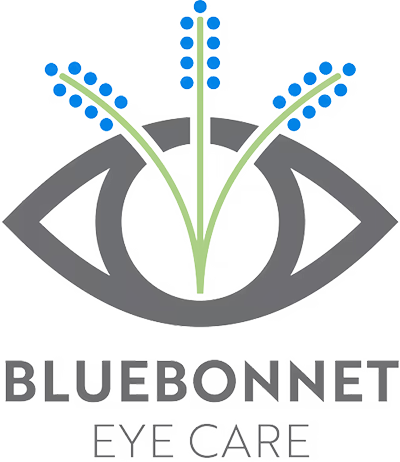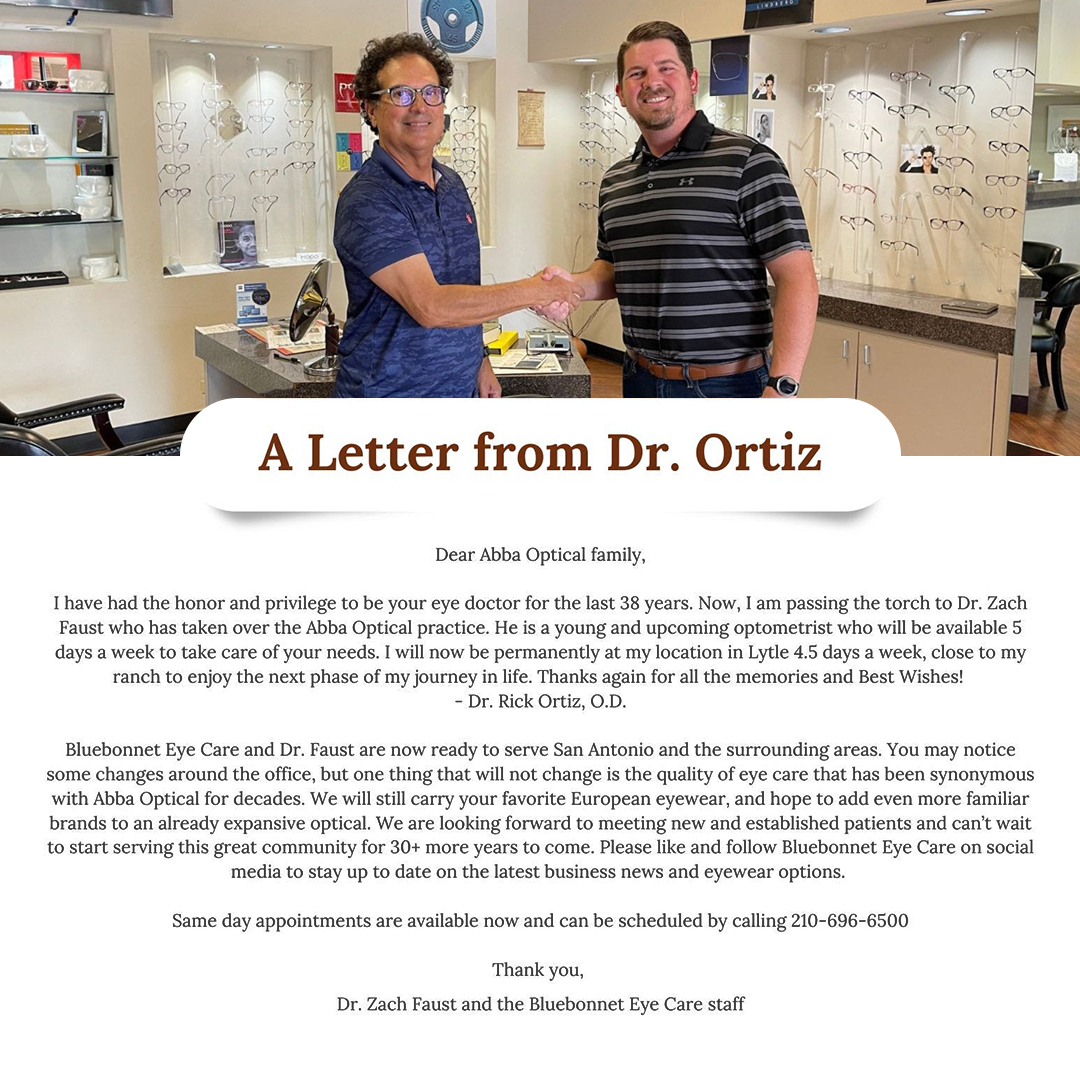
If you’re living with diabetes, protecting your vision should be a top priority. High blood sugar can damage the delicate structures inside the eye long before symptoms appear. At Bluebonnet Eye Care, we offer comprehensive diabetic eye exams in San Antonio to detect problems early and help you safeguard your sight.
Understanding Diabetic Eye Disease
Diabetes can lead to several serious eye conditions, including diabetic retinopathy, diabetic macular edema, cataracts, and glaucoma. These conditions often develop silently, which means you may not notice changes until the disease has progressed. Recognizing the early warning signs and scheduling routine diabetic eye exams can help to preserve your vision.
Blurry or Fluctuating Vision
High blood sugar levels can cause the lens of the eye to swell temporarily, leading to blurry or unstable vision. If your eyesight suddenly seems “off,” especially if it changes throughout the day, it could be an early indicator of diabetic eye disease.
Difficulty Seeing at Night
Struggling to drive or navigate in dim lighting can be an early sign of retinal damage. Night vision problems often occur before you notice other symptoms.
Dark Spots or Floaters
Seeing specks, cobwebs, or floating shapes in your vision can indicate bleeding inside the eye caused by diabetic retinopathy. While floaters can be normal, an increase in number or severity should be evaluated immediately.
Faded or Distorted Colors
Damage to the retina can affect the way your eyes perceive color. Colors may appear washed out or dull, or you may notice difficulty distinguishing between shades.
Vision That Suddenly Improves
It may sound surprising, but a sudden “improvement” in vision - such as needing your glasses less - can be a red flag. This may indicate that your lens has changed due to fluctuating blood sugar or swelling.
Eye Pain or Pressure
While diabetic eye disease is often painless in its early stages, unusual discomfort, pressure, or a dull ache around the eyes can signal developing complications such as glaucoma.
Frequent Prescription Changes
If you find yourself updating your glasses or contact lens prescription more often than usual, it could be due to fluctuations in your blood sugar affecting your vision.
Early Detection Is Key
Diabetic eye disease is one of the leading causes of preventable blindness in adults. Many patients don’t notice symptoms until significant damage has already occurred. With early diagnosis and effective eye disease management in San Antonio, your eye doctor can help slow, prevent, or even reverse certain complications through timely treatment and monitoring.
Schedule Your Diabetic Eye Exam Today
Your vision is too important to leave to chance. By paying attention to subtle changes in your eyesight and scheduling regular diabetic eye exams in San Antonio, you can stay ahead of diabetic eye disease and protect your long-term eye health.
Schedule a diabetic eye exam at Bluebonnet Eye Care to protect your sight. Visit our office in San Antonio, Texas, or call (210) 696-6500 to book an appointment today.











